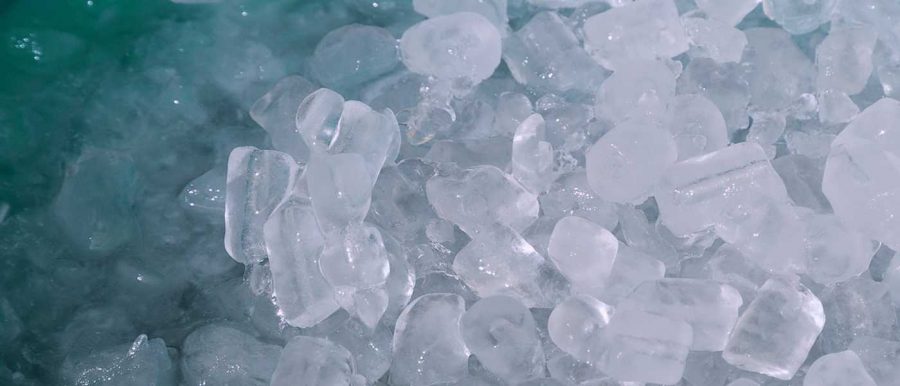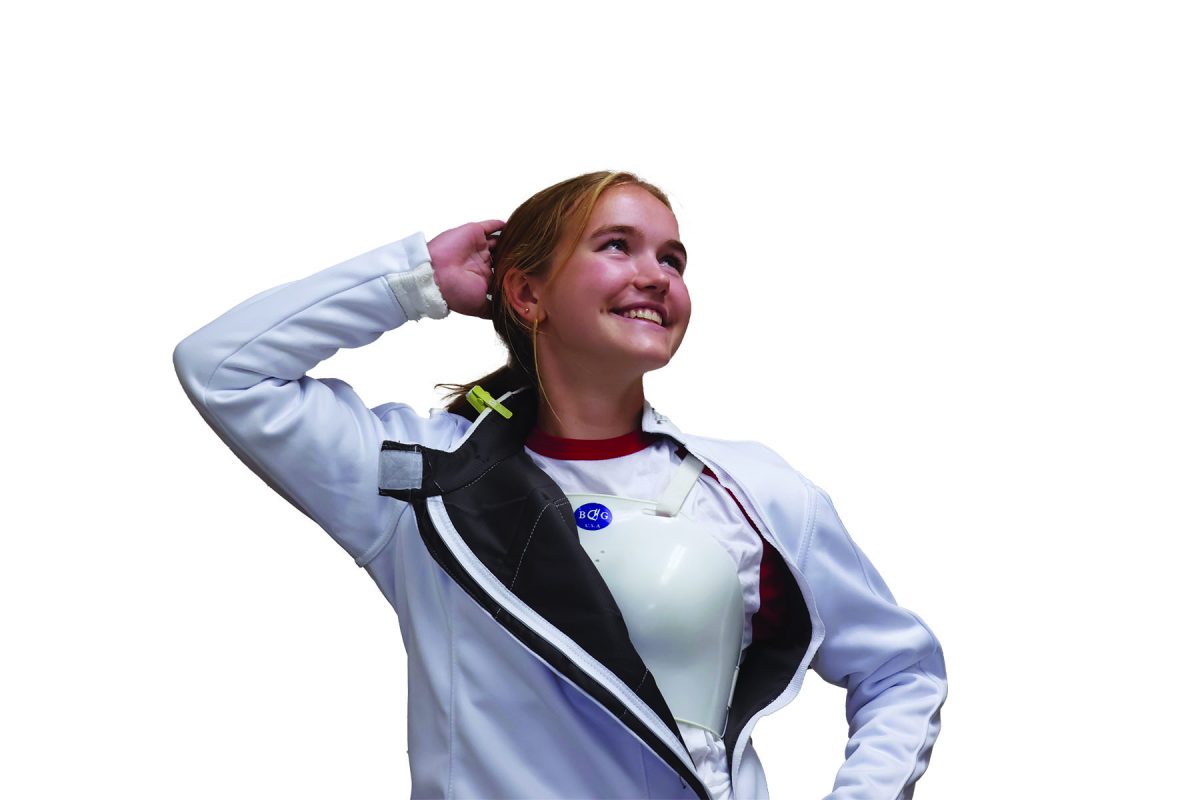Every athlete can testify to the fact that after a long, hard workout, her muscles feel sore—so sore that she is willing to subject herself to a freezing cold ice bath in order to relieve the tension and inflammation that builds up within her.
Recently, a new study by the University of Queensland, published in the Journal of Physiology, brought light to a new take on ice baths. The study showed that “immersing your body in cold water after strength training can actually hinder muscle adaptation, rather than speed up the recovery process.”
This new study, however, might not be the new absolute. Hockaday Head Athletic Trainer Jeanne Olson disagrees with the findings of this study. “There’s always gonna be dos and don’ts to everything, especially within the medical field and athletics,” Olson said. “There’s always something that people are refuting.”
Laboris Bean, the Assistant Director of Athletics and coach for varsity cross country and track, agrees with Olson. “I know there’s a lot of different conflicts surrounding ice baths, but I’m a firm believer in them. If we are going to have back-to-back [practices], it’s hard to have a 5-mile run, per se, and then the next day do intervals when we’re really sore, if you didn’t do ice baths, or try to recover your legs,” Bean said.
But Bean also agrees that overuse of ice baths could be harmful: “Don’t do it over and over each day for long periods of time and make sure that you don’t have the temperature extremely cold.”
Olson recommends that the ice bath lasts for no longer than eight to ten minutes with the ideal temperature at anywhere from 54 to 62 degrees Fahrenheit. “If you have it under 54 degrees, than no, it can’t be good for you. But 54 and above, it gets the muscles rejuvenated,” Olson said.
Junior Sara Held, a member of varsity volleyball, uses ice baths to recuperate from hard workouts. “They’re very cold and kind of painful, but ultimately they’re really helpful, and I really like taking them, especially when I’m super sore,” Held said.
Another alternative to take ice baths is to individually ice certain muscles using ice packs. “I would say icing soreness with ice packs is something that you need to do daily to help with the soreness,” Bean said.
The one downside to ice packs is that they cannot rejuvenate all the necessary muscles. “I would prefer that the athletes use ice packs if they’re making sure they’re putting enough ice packs where it’s needed,” Bean said. “I feel like the ice baths cover more area to help your body recover all the way around, instead of just the packs in certain areas.”
Overall, through experience, the consensus is that ice packs are helpful with recuperation. Held said, “Generally, I feel like it reveals a lot of the muscle tension and makes you feel a lot less sore after a really hard workout.”













